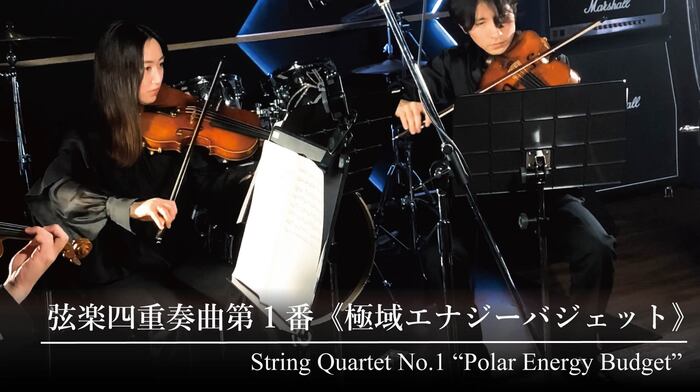The climate data collected at the Poles
over a period of
over 30 years
were
transformed into a musical composition
designed for a
string quartet
: Hiroto Nagai of the Japanese Rissho University took on the double role of researcher and composer. Details on how the composition, lasting approximately 6 minutes and performed in 2023 by professional musicians at Waseda University in Tokyo, was developed are published in the journal iScience. The choice to
combine graphic and musical representations of data
could be, says Hiroto Nagai, a
powerful
tool
to arouse emotions and intellectual curiosity
in the public.
The researcher-musician used a
program that allows data on the environment to be transformed into sounds
, attributing different sounds to the measurements taken monthly on solar radiation, precipitation, temperatures and cloud thickness. The data used, collected
between 1982 and 2022,
come from four polar locations: a core site in
Greenland
, a satellite station in the Norwegian archipelago of
Svalbard
and two Japanese research stations in
Antarctica
.
The next step saw the transformation of this collection of sounds into a real musical composition played by
two violins, a viola and a cello
. The researcher assigned different data sets to the various instruments, overlapped some passages and also introduced different musical performance techniques, such as pizzicato and staccato. Nagai then also added a more artistic touch, introducing rhythm, deliberately removing some sounds and also inserting parts written by him, therefore not based on the data.
“At first listening it seemed like a typical contemporary piece: the flow of the music was difficult to memorize quickly, it was quite challenging at first,” comments Haruka Sakuma, the second violin of the quartet who performed live. "I strongly hope that this composition marks a significant turning point - concludes Hiroto Nagai - to move from an era in which only scientists manage data to one in which artists can also freely exploit it to create their works".

